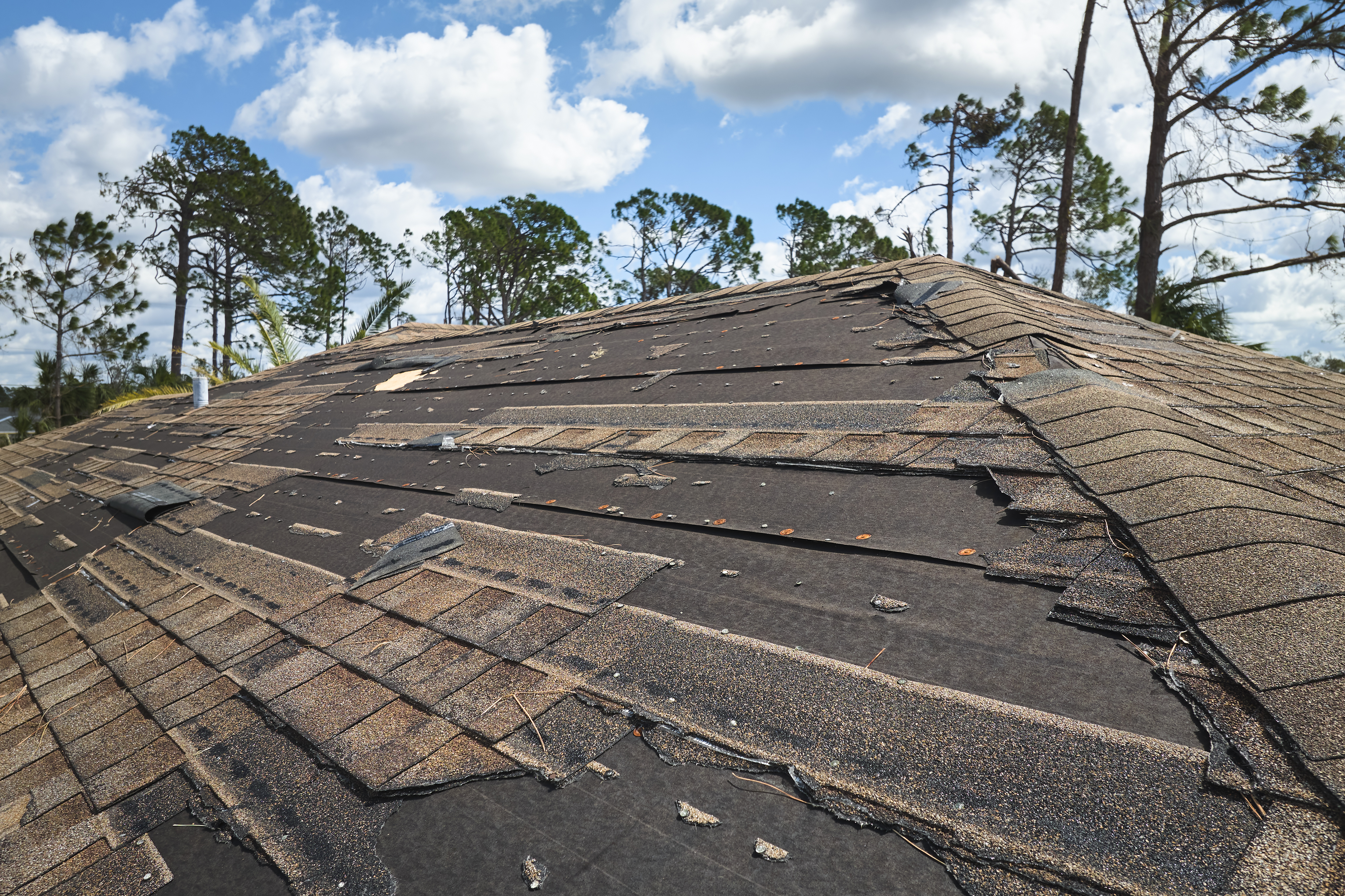Importance of Regular Roof Care
Overview of Roof Maintenance
Maintaining a shingle roof is crucial for protecting your home from weather-related damage. Regular maintenance tasks, such as thorough inspections and routine cleaning, help prevent issues like leaks, mold growth, and structural deterioration. Addressing minor issues early on can prevent them from becoming costly repairs.
Key Maintenance Steps
Effective roof maintenance involves several essential steps to ensure the longevity and durability of your shingle roof. Regularly removing debris, such as leaves, branches, and other materials that can accumulate over time, is critical to preventing blockages in gutters and water buildup, which can lead to roof damage. Ensuring proper attic ventilation is equally important, as it helps regulate temperature and moisture levels, reducing the risk of mold growth and material degradation. Additionally, inspecting the roof for signs of wear, such as cracked or missing shingles, can help catch potential problems early before they escalate into more significant issues.
Season-specific actions are also crucial in managing the unique challenges posed by different weather conditions. For example, during winter, it’s essential to clear snow from the roof to prevent ice dams, which can cause water to seep under shingles and lead to leaks. In spring, inspecting for damage caused by heavy winter storms, such as lifted shingles or water stains on ceilings, is vital. Similarly, in the fall, ensuring that the roof and gutters are clear of fallen leaves and debris helps maintain proper drainage and reduces the risk of water damage during the rainy season.
By incorporating these maintenance steps into a regular routine, homeowners can protect their roofs from the wear and tear caused by seasonal changes, extend the roof’s lifespan, and avoid costly repairs. This proactive approach ensures that the roof remains in good condition year-round, providing reliable protection for the home and maintaining its structural integrity.
Benefits of Seasonal Maintenance
Consistent
effective roof inspection for maintaining proper ventilation in maintenance for shingle roofs allows expert assessments on structural integrity. regular gutter cleaning for ensuring optimal water flow in maintenance for shingle roofs prevents moisture accumulation damage. necessary moss removal for retaining aesthetic appeal in maintenance for shingle roofs improves lifespan significantly. thorough shingle replacement for combating aging effects in maintenance for shingle roofs enhances weather resistance capabilities.
Seasonal Shingle Roof Maintenance Tips
annual roof inspections are essential to prolonging a shingle roof's lifespan. regular debris removal is necessary to maintain optimal shingle condition. periodic gutter cleaning will prevent water damage and ensure efficient runoff. essential moss and algae treatments should be applied to prevent biological growth. comprehensive sealant applications are crucial to safeguarding against leaks.
not only extends the lifespan of your roof but also enhances your home’s energy efficiency. By maintaining proper insulation and ventilation, you can prevent issues that lead to increased energy costs. This proactive approach also minimizes the likelihood of unexpected, costly repairs, ensuring that your roof continues to protect your home effectively throughout the year.
Seasonal maintenance is essential for ensuring the longevity and efficiency of your shingle roof. For more detailed insights on how to maintain your roof throughout the year, you can read the full article here.

